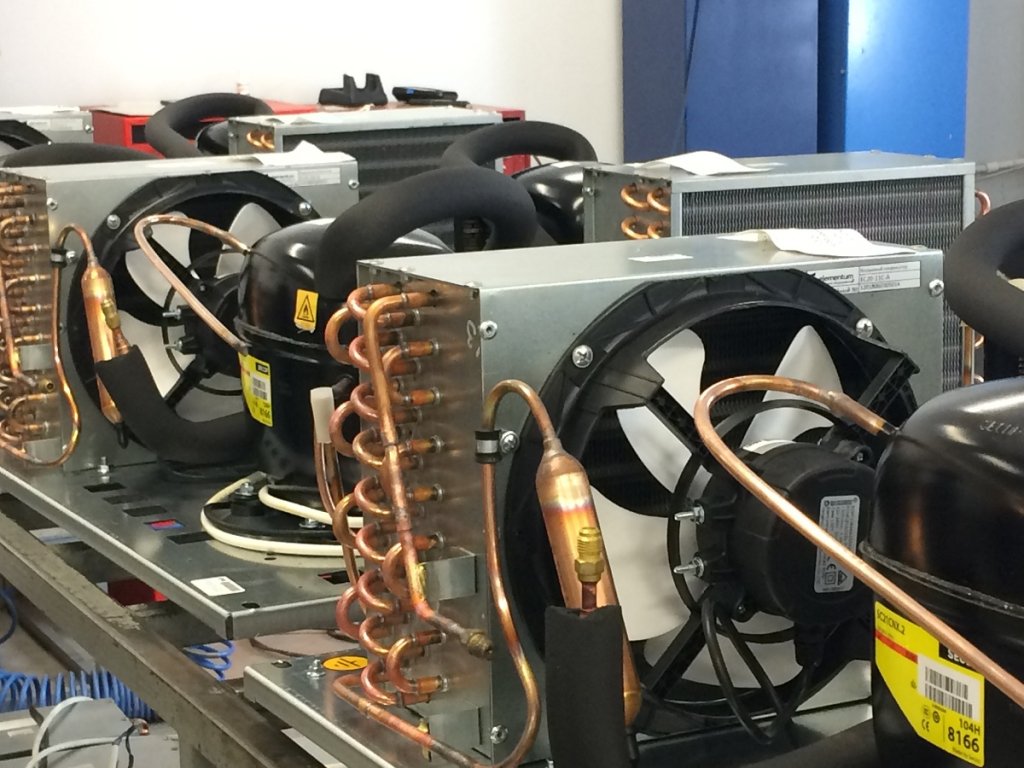Unlocking the Potential of Propane (R290) in Refrigeration Technology
As the global push for environmental sustainability intensifies, the refrigeration industry is actively exploring alternative refrigerants that provide both performance efficiency and reduced environmental impact. Propane (R290), recognized as a natural refrigerant, has emerged as a leading candidate in the quest for eco-friendly refrigeration solutions, favored for its high efficiency, low environmental impact, and broad availability. This article reviews propane as a refrigerant, discussing its functionality, advantages, disadvantages, and competitive standing compared to other refrigerants in the market.

How Propane Refrigeration Works
Fundamentals of Refrigeration Physics
Propane refrigeration operates on the fundamental principles of thermodynamics, where the refrigerant undergoes phase changes to absorb and release heat. The cycle typically involves the following stages:
- Compression: The gaseous propane is compressed, increasing its pressure and temperature.
- Condensation: The high-pressure gas releases its heat to the outside environment and condenses into a liquid.
- Expansion: The liquid propane's pressure is reduced, allowing it to expand and cool.
- Evaporation: The cold liquid propane absorbs heat from the refrigerator's interior, evaporating into a gas, which lowers the temperature inside.
Detailed Explanation of Propane Systems
Propane refrigeration systems utilize a vapor compression cycle similar to traditional systems but differ in refrigerant properties that affect system design and efficiency:
- Compressor: Increases the pressure and temperature of gaseous propane.
- Condenser: High-pressure gas releases heat and condenses into a liquid.
- Expansion Valve: Reduces the pressure of the liquid propane, allowing it to expand and cool.
- Evaporator: Cold liquid propane absorbs heat from the interior, evaporating into a gas.
Thermodynamic Properties of Propane
Propane is noted for its excellent thermodynamic properties, including:
- High latent heat of vaporization compared to HFCs, enhancing its cooling capacity.
- Low molecular weight and high energy efficiency.
- Suitability for high ambient temperatures, with a boiling point of -42°C (-43.6°F).
Advantages of Propane Refrigeration
Environmental Benefits
Propane (R290) has a Global Warming Potential (GWP) of only 3, significantly lower than many traditional HFC refrigerants, which can have GWPs ranging from 600 to over 2000. It also has zero Ozone Depletion Potential (ODP), making it an environmentally benign option.
Energy Efficiency
Systems using propane are often more energy-efficient than those using synthetic refrigerants, leading to lower operating costs and a reduced carbon footprint associated with energy consumption.
Cost-effectiveness and Availability
Propane is generally less expensive than many synthetic refrigerants and is widely available due to its common use as a fuel.
Disadvantages and Challenges
Flammability
The primary challenge with propane is its high flammability, necessitating stringent safety measures in system design, installation, and maintenance to mitigate risks.
Regulatory and Safety Constraints
Due to its flammability, the use of propane is heavily regulated, with systems required to adhere to strict safety standards to protect against leaks and potential fires, such as those outlined in ISO and ASHRAE standards.
Retrofitting Challenges
Retrofitting existing systems to use propane can be complex and costly, often requiring complete system redesigns to accommodate safety protocols for flammable refrigerants.
Comparative Analysis with Other Refrigerants
Comparison with HFCs, CO2, and Ammonia
|
Refrigerant |
GWP |
Efficiency |
Safety Concerns |
|---|---|---|---|
|
HFCs |
High (600-2000+) |
Moderate |
Low toxicity, but high GWP |
|
CO2 |
Low (1) |
High |
Non-flammable, but high pressure |
|
Ammonia |
Low (0) |
High |
Toxic, requires careful handling |
|
Propane |
Very Low (3) |
High |
Flammable, requires safety measures |
Propane offers better environmental performance compared to HFCs and often excels in energy efficiency, particularly in high ambient temperatures, when compared to CO2. While ammonia also has a low GWP and excellent efficiency, its toxicity poses a significant safety concern compared to propane's flammability.
Conclusion
Propane refrigeration represents a viable and efficient alternative in the move towards sustainable cooling technologies. Its adoption can significantly reduce the environmental impact of refrigeration systems, aligning with global sustainability goals. As industries and regulations evolve, propane’s role in refrigeration is expected to expand, contingent on overcoming challenges related to its flammability and system design requirements. For stakeholders in the HVAC-R industry, transitioning to propane and other natural refrigerants is not just a technical change but a strategic move towards future-proofing their operations.
